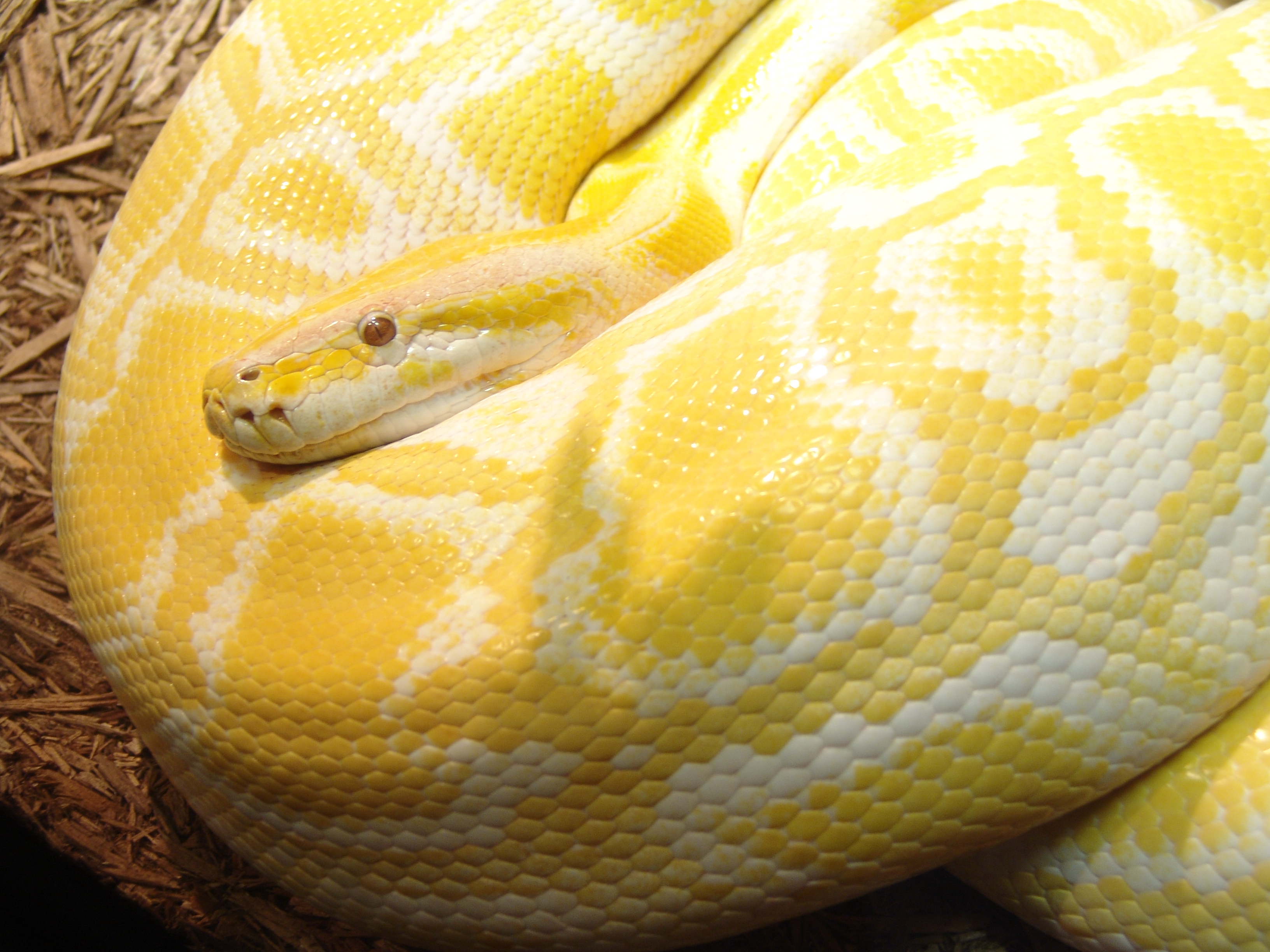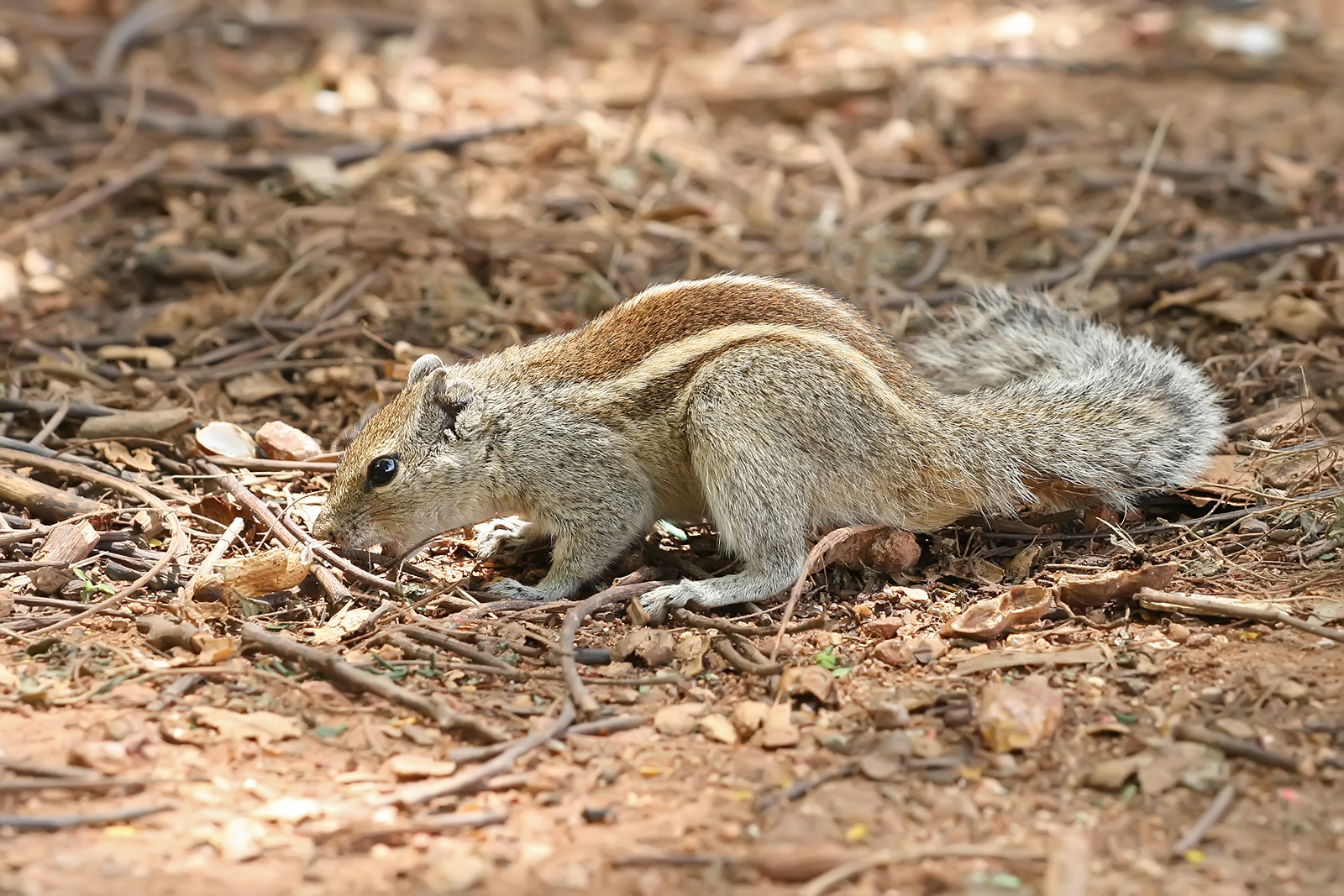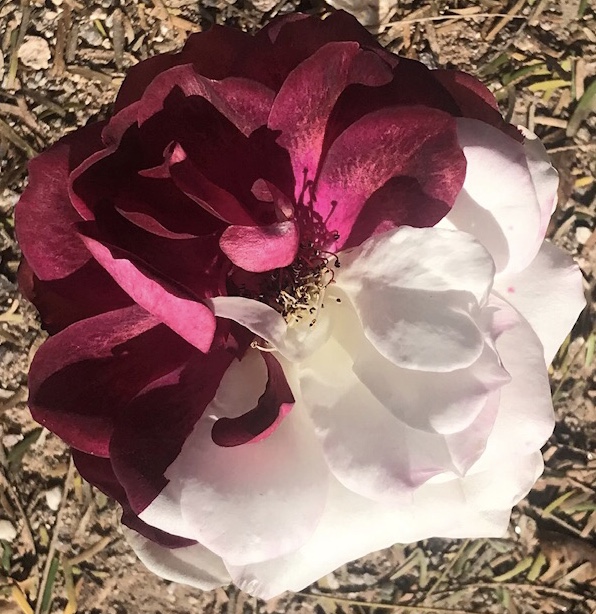|
Dyschromia
Dyschromia refers to an alteration of the color of the skin or nails. "Hyperchromia" can refer to hyperpigmentation, and "hypochromia" can refer to hypopigmentation. "Dyschromatoses" involve both hyperpigmented and hypopigmented macules. __TOC__ See also *Albinism * Albino and white squirrels *Amelanism *Chimera (genetics) *Coloboma *Erythrism *Heterochromia iridum *Leucism *Melanism *Piebaldism *Vitiligo *Xanthochromism Xanthochromism (also called xanthochroism or xanthism) is an unusually yellow pigmentation in an animal. It is often associated with the lack of usual red pigmentation and its replacement with yellow. The cause is usually genetic but may also be ... References Cutaneous congenital anomalies Disturbances of human pigmentation Disturbances of pigmentation {{cutaneous-condition-stub ... [...More Info...] [...Related Items...] OR: [Wikipedia] [Google] [Baidu] |
Albinism
Albinism is the congenital absence of melanin in an animal or plant resulting in white hair, feathers, scales and skin and pink or blue eyes. Individuals with the condition are referred to as albino. Varied use and interpretation of the terms mean that written reports of albinistic animals can be difficult to verify. Albinism can reduce the survivability of an animal; for example, it has been suggested that albino alligators have an average survival span of only 24 hours due to the lack of protection from UV radiation and their lack of camouflage to avoid predators. It is a common misconception that all albino animals have characteristic pink or red eyes (resulting from the lack of pigment in the iris allowing the blood vessels of the retina to be visible), however this is not the case for some forms of albinism. Familiar albino animals include in-bred strains of laboratory animals (rats, mice and rabbits), but populations of naturally occurring albino animals exist in the wil ... [...More Info...] [...Related Items...] OR: [Wikipedia] [Google] [Baidu] |
Amelanism
Amelanism (also known as amelanosis) is a pigmentation abnormality characterized by the lack of pigments called melanins, commonly associated with a genetic loss of tyrosinase function. Amelanism can affect fish, amphibians, reptiles, birds, and mammals including humans. The appearance of an amelanistic animal depends on the remaining non-melanin pigments. The opposite of amelanism is melanism, a higher percentage of melanin. A similar condition, albinism, is a hereditary condition characterised in animals by the absence of pigment in the eyes, skin, hair, scales, feathers or cuticle. This results in an all white animal, usually with pink or red eyes. Melanins and melanin production Melanin is a compound found in plants, animals, and protists, and is derived from the amino acid tyrosine. Melanin is a photoprotectant, absorbing the DNA-damaging ultraviolet radiation of the sun. Vertebrates have melanin in their skin and hair, feathers, or scales. They also have two layers of p ... [...More Info...] [...Related Items...] OR: [Wikipedia] [Google] [Baidu] |
Erythrism
Erythrism or erythrochroism refers to an unusual reddish pigmentation of an animal's hair, skin, feathers, or eggshells. Causes of erythrism include: * Genetic mutations which cause an absence of a normal pigment and/or excessive production of others * Diet, as in bees feeding on "bright red corn syrup" used in maraschino cherry manufacturing. Erythrism in katydids has been occasionally observed. The coloring might be a camouflage that helps some members of the species survive on red plants. There is also consensus that the erythristic mutation is actually a dominant trait among katydid species, albeit a disadvantageous one, due to the overwhelmingly green coloration of most foliage. Hence, most pink or otherwise vividly colored katydids do not survive to adulthood, and this observation explains their rarity. Erythrism in leopards is rare, but one study reported that two of twenty-eight leopards seen in camera traps in a South African nature reserve were erythristic, and the autho ... [...More Info...] [...Related Items...] OR: [Wikipedia] [Google] [Baidu] |
Leucism
Leucism () is a wide variety of conditions that result in the partial loss of pigmentation in an animal—causing white, pale, or patchy coloration of the skin, hair, feathers, scales, or cuticles, but not the eyes. It is occasionally spelled ''leukism''. Some genetic conditions that result in a "leucistic" appearance include piebaldism, Waardenburg syndrome, vitiligo, Chédiak–Higashi syndrome, flavism, isabellinism, xanthochromism, axanthism, amelanism, and Melanophilin mutations. Pale patches of skin, feathers, or fur (often referred to as "depigmentation") can also result from injury. Details ''Leucism'' is often used to describe the phenotype that results from defects in pigment cell differentiation and/or migration from the neural crest to skin, hair, or feathers during development. This results in either the entire surface (if all pigment cells fail to develop) or patches of body surface (if only a subset are defective) having a lack of cells that can make pigment. ... [...More Info...] [...Related Items...] OR: [Wikipedia] [Google] [Baidu] |
Piebaldism
Piebaldism refers to the absence of mature melanin-forming cells (melanocytes) in certain areas of the skin and hair. It is a rare autosomal dominant disorder of melanocyte development.James, William; Berger, Timothy; Elston, Dirk (2005). ''Andrews' Diseases of the Skin: Clinical Dermatology''. (10th ed.). Saunders. . Common characteristics include a congenital white forelock, scattered normal pigmented and hypopigmented macules and a triangular shaped depigmented patch on the forehead. There is nevertheless great variation in the degree and pattern of presentation, even within affected families. In some cases, piebaldism occurs together with severe developmental problems, as in Waardenburg syndrome and Hirschsprung's disease. Piebaldism has been documented to occur in all races, and is found in nearly every species of mammal. The condition is very common in mice, rabbits, dogs, sheep, deer, cattle and horses—where selective breeding has increased the incidence of the mutation—b ... [...More Info...] [...Related Items...] OR: [Wikipedia] [Google] [Baidu] |
Xanthochromism
Xanthochromism (also called xanthochroism or xanthism) is an unusually yellow pigmentation in an animal. It is often associated with the lack of usual red pigmentation and its replacement with yellow. The cause is usually genetic but may also be related to the animal's diet. A Cornell University survey of unusual-looking birds visiting feeders reported that 4% of such birds were described as xanthochromistic (compared with 76% albinistic). The opposite of xanthochromism, a deficiency in or complete absence of yellow pigment, is known as ''axanthism''. Birds exhibiting genetic xanthochromism, especially deliberately bred mutations of several species of parrot in aviculture, are termed "lutinos". Wild birds in which xanthochromism has been recorded include yellow wagtail, wood warbler, Cape May warbler, rose-breasted grosbeak, evening grosbeak, red-bellied woodpecker, scarlet tanager, northern cardinal, great spotted woodpecker, common tailorbird, crimson-breasted shrike, ka ... [...More Info...] [...Related Items...] OR: [Wikipedia] [Google] [Baidu] |
Hyperpigmentation
Hyperpigmentation is the darkening of an area of skin or nails caused by increased melanin. Causes Hyperpigmentation can be caused by sun damage, inflammation, or other skin injuries, including those related to acne vulgaris.James, William; Berger, Timothy; Elston, Dirk (2005). ''Andrews' Diseases of the Skin: Clinical Dermatology''. (10th ed.). Saunders. . People with darker skin tones are more prone to hyperpigmentation, especially with excess sun exposure. Many forms of hyperpigmentation are caused by an excess production of melanin. Hyperpigmentation can be diffuse or focal, affecting such areas as the face and the back of the hands. Melanin is produced by melanocytes at the lower layer of the epidermis. Melanin is a class of pigment responsible for producing color in the body in places such as the eyes, skin, and hair. The process of melanin synthesis (melanogenesis) starts with the oxidation of -tyrosine to by the enzyme tyrosine hydroxylase, then to -dopaquinone and d ... [...More Info...] [...Related Items...] OR: [Wikipedia] [Google] [Baidu] |
Hypopigmentation
Hypopigmentation is characterized specifically as an area of skin becoming lighter than the baseline skin color, but not completely devoid of pigment. This is not to be confused with depigmentation, which is characterized as the absence of all pigment. It is caused by melanocyte or melanin depletion, or a decrease in the amino acid tyrosine, which is used by melanocytes to make melanin. Some common genetic causes include mutations in the tyrosinase gene or OCA2 gene. As melanin pigments tend to be in the skin, eye, and hair, these are the commonly affected areas in those with hypopigmentation. Hypopigmentation is common and approximately one in twenty have at least one hypopigmented macule. Hypopigmentation can be upsetting to some, especially those with darker skin whose hypopigmentation marks are seen more visibly. Most causes of hypopigmentation are not serious and can be easily treated. Presentation Associated conditions It is seen in: * Albinism * Idiopathic guttate hypom ... [...More Info...] [...Related Items...] OR: [Wikipedia] [Google] [Baidu] |
Tree Squirrel
Tree squirrels are the members of the squirrel Family (biology), family (Sciuridae) commonly just referred to as "squirrels." They include more than 100 arboreal species native to all continents except Antarctica and Oceania. They do not form a single natural, or monophyly, monophyletic, group; they are variously related to others in the squirrel family, including ground squirrels, flying squirrels, marmots, and chipmunks. The defining characteristic used to determine which species of Sciuridae are tree squirrels is dependent on their habitat rather than their physiology. Tree squirrels live mostly among trees, as opposed to those that live in burrows in the ground or among rocks. An exception is the flying squirrel that also makes its home in trees, but has a physiological distinction separating it from its tree squirrel cousins: special flaps of skin called patagia, acting as glider wings, which allow gliding flight. The best known genus of tree squirrels is ''Sciurus'', which ... [...More Info...] [...Related Items...] OR: [Wikipedia] [Google] [Baidu] |
Chimera (genetics)
A genetic chimerism or chimera ( ) is a single organism composed of cells with more than one distinct genotype. In animals, this means an individual derived from two or more zygotes, which can include possessing blood cells of different blood types, subtle variations in form (phenotype) and, if the zygotes were of differing sexes, then even the possession of both female and male sex organs. Animal chimeras are produced by the merger of two (or more) embryos. In plant chimeras, however, the distinct types of tissue may originate from the same zygote, and the difference is often due to mutation during ordinary cell division. Normally, genetic chimerism is not visible on casual inspection; however, it has been detected in the course of proving parentage. Another way that chimerism can occur in animals is by organ transplantation, giving one individual tissues that developed from a different genome. For example, transplantation of bone marrow often determines the recipient's en ... [...More Info...] [...Related Items...] OR: [Wikipedia] [Google] [Baidu] |
Coloboma
A coloboma (from the Greek , meaning defect) is a hole in one of the structures of the eye, such as the iris, retina, choroid, or optic disc. The hole is present from birth and can be caused when a gap called the choroid fissure, which is present during early stages of prenatal development, fails to close up completely before a child is born. Ocular coloboma is relatively uncommon, affecting less than one in every 10,000 births. The classical description in medical literature is of a keyhole-shaped defect. A coloboma can occur in one eye (unilateral) or both eyes (bilateral). Most cases of coloboma affect only the iris. The level of vision impairment of those with a coloboma can range from having no vision problems to being able to see only light or dark, depending on the position and extent of the coloboma (or colobomata if more than one is present). Signs and symptoms Visual effects may be mild to more severe depending on the size and location of the coloboma. If, for exam ... [...More Info...] [...Related Items...] OR: [Wikipedia] [Google] [Baidu] |
Heterochromia Iridum
Heterochromia is a variation in coloration. The term is most often used to describe color differences of the iris, but can also be applied to color variation of hair or skin. Heterochromia is determined by the production, delivery, and concentration of melanin (a pigment). It may be inherited, or caused by genetic mosaicism, chimerism, disease, or injury. It occurs in humans and certain breeds of domesticated animals. Heterochromia of the eye is called heterochromia iridum or heterochromia iridis. It can be complete or sectoral. In complete heterochromia, one iris is a different color from the other. In sectoral heterochromia, part of one iris is a different color from its remainder. In central heterochromia, there is a ring around the pupil or possibly spikes of different colors radiating from the pupil. Though multiple causes have been posited, the scientific consensus is that a lack of genetic diversity is the primary reason behind heterochromia, at least in domestic anima ... [...More Info...] [...Related Items...] OR: [Wikipedia] [Google] [Baidu] |


-8.jpg)



